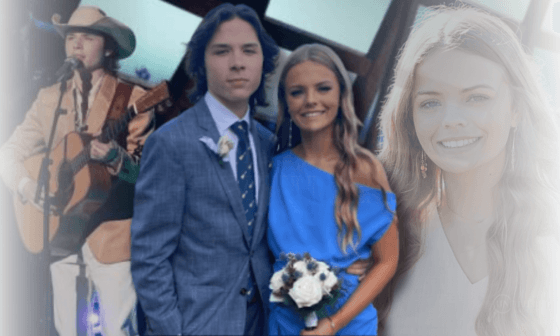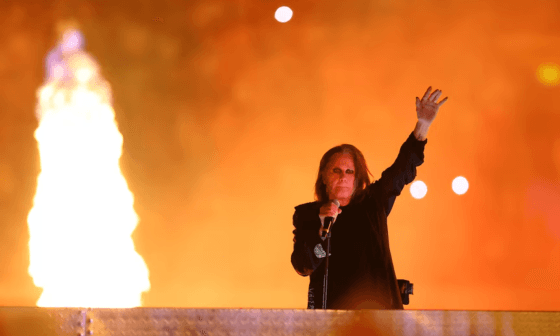Londoners rushing through St Pancras station on an ordinary February morning found themselves in the middle of an extraordinary scene: Sir Rod Stewart and music legend Jools Holland turning the busy concourse into a swinging concert hall. What began as a hurried commute quickly transformed into a once-in-a-lifetime musical moment that left travelers frozen in awe.
With Holland at the piano, backed by a lively big band, Stewart stepped up to the microphone in his trademark style and belted out a fiery rendition of “Almost Like Being in Love.” His gravelly yet soaring vocals filled the station, cutting through the usual clatter of footsteps and train announcements. Passengers who moments earlier were scanning departure boards now stood shoulder to shoulder, clapping, cheering, and recording on their phones as the atmosphere shifted from mundane to magical.
The set was short but unforgettable. Two powerhouse backup singers flanked Stewart, their harmonies lifting the performance even higher. Holland, ever the showman, worked the keys with flair, trading smiles and cues with Stewart in a chemistry that radiated pure joy. It wasn’t a polished arena show—it was raw, spontaneous, and electrifying, the kind of performance that reminded fans why both men are icons.
The surprise wasn’t without purpose. The performance served as a bold and creative launch for their upcoming joint album Swing Fever, due out February 23. The record, featuring 13 tracks inspired by the golden era of big band and swing, promises to transport listeners back to a time when brass sections roared and dance halls pulsed with energy. For Stewart, it’s yet another reinvention, while for Holland, it’s a homecoming to the genre he has championed for decades.
Stewart, of course, has a history of delighting fans with unexpected performances. In recent years, he famously joined a busker in Piccadilly Circus for an impromptu version of “Handbags and Gladrags,” proving that his love of live connection knows no boundaries. This St Pancras moment only reinforced that reputation—music not as spectacle, but as a shared human experience.
Eyewitnesses described the scene as “unreal.” One commuter, still emotional afterward, said: “I came here to catch a train, not a concert. But Rod made us forget we were even in a station. For ten minutes, it felt like we were in a jazz club.” Social media quickly lit up with clips, with fans calling the duo’s energy “a breath of fresh air” and “the best commute ever.”
By the time the final notes rang out, the once-rushed crowd erupted into a standing ovation that shook the marble floors of the station. Travelers who moments earlier were strangers walked away smiling, united by a memory they never expected to carry home. It was proof that even in the most ordinary of places, music has the power to stop time.
For Stewart and Holland, it wasn’t just about promotion. It was about reminding people that the heartbeat of swing and big band music is joy—and that joy belongs everywhere, even in the middle of a crowded station. As the applause lingered long after the last chord, one thing was certain: Swing Fever is already living up to its name.






